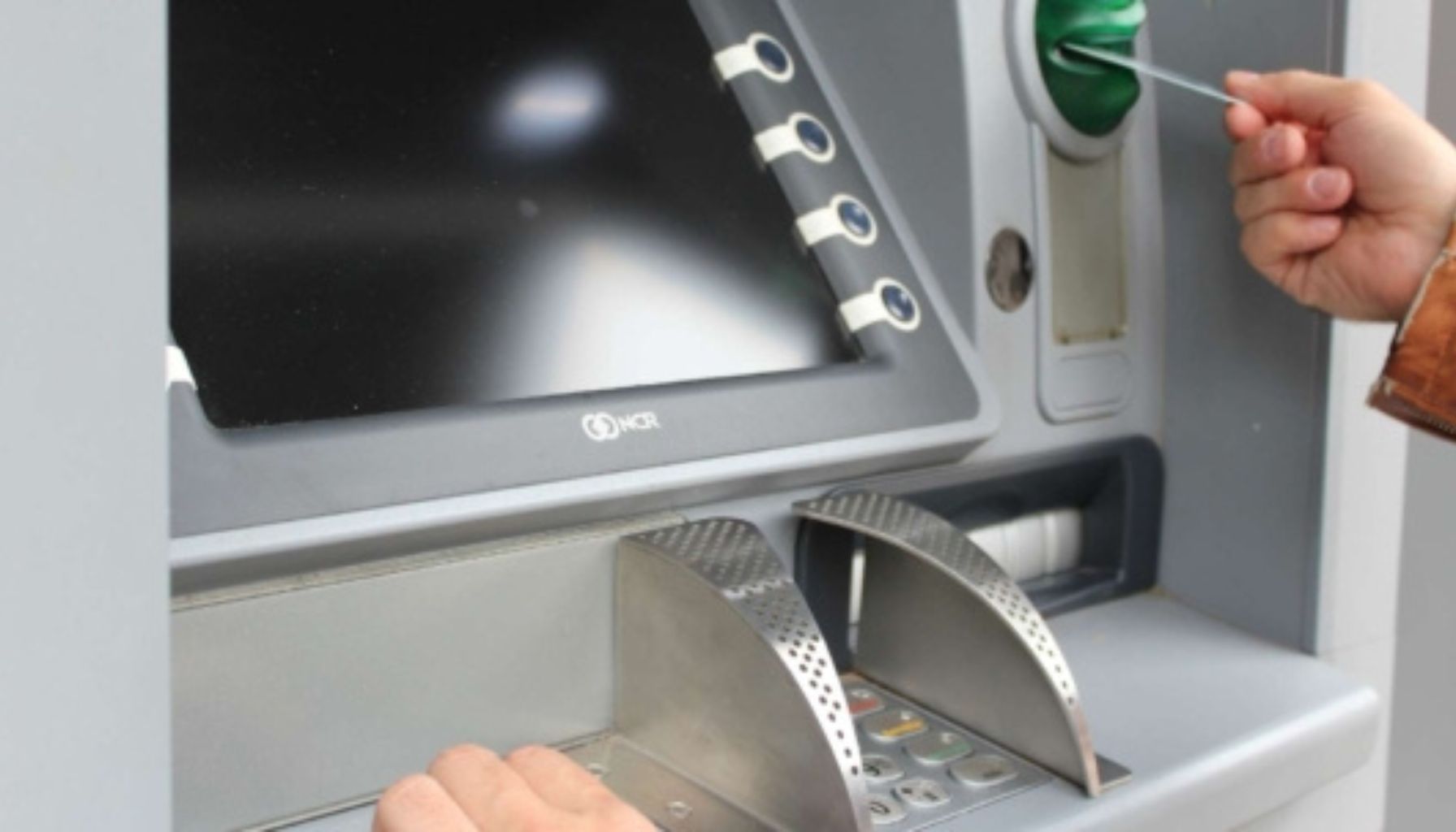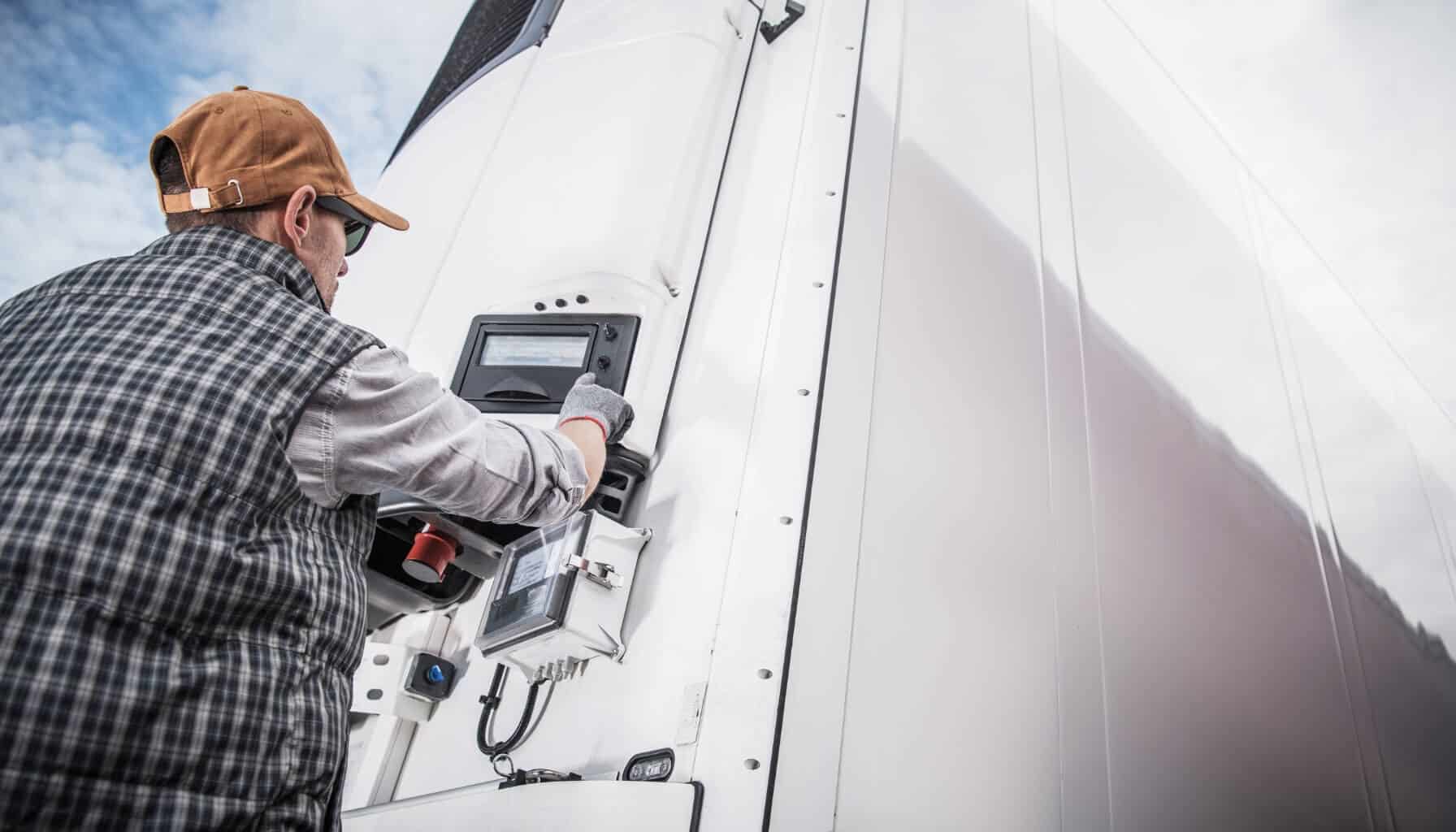Asset Tracking with Bluetooth® FAQs

Our mission is to help businesses connect, protect, and derive more value from their assets. As a leading global innovator, developer, and supplier of IoT solutions, we drive continuous innovation to enable our partners to deploy confidently at scale worldwide.

Below are several important questions asked during our Asset Tracking with Bluetooth® Low Energy (BLE) webinar on 4th Dec 2019.
Watch the Webinar here:
What Sort of Range Is Achievable?
Several important factors, discussed in detail here, influence Bluetooth® range and subsequently, device battery life.
Battery Life
What sort of battery life could we expect from an end node (Guppy and SensorNode) if it was chirping every 10 minutes?
Battery life questions go hand in hand with range, which is covered here: Estimating Battery Life in Guppy Bluetooth® Tag
On default settings:
- 5 years for the Guppy (2-second chirping) on 2 x AAA Energizer Ultimate Lithium
- 4 years for the SensorNode Bluetooth® (2-second chirping) on 3 x AA Energizer Ultimate Lithium
An important fact to note here is that a 10-minute chirp interval is very long. The G120 scans continuously, all the time, so it is unlikely to have trouble picking this up. However given there is an energy cost to scanning, on the Remora2 this is done periodically. There is a configurable Scan Period – how often to scan and Scan Interval – how long to scan for.
- E.g. 10 min period and 20-second interval – every 10 minutes the BLE module is turned on for 20s to listen for any nearby BLE tags.
You can envisage scenarios where you had a 10-minute scan interval, and 10-minute chirping interval, you could miss the signal completely. - E.g. Tag chirps at 1005, gateway scans at 1010, Tag chirps 1015, Gateway Scans 1020 and they always miss each other. For this reason, in practice the scan interval needs to be at least 3 x the chirp period – so for the Guppy, which broadcasts every 2 seconds, a scan-interval of 10 seconds on the Remora2 is more than enough. The 10-minute interval would require a 30-minute scan interval, which uses up a lot of Remora2 batteries. This is important to note as some tags will advertise great battery life – at a very infrequent broadcast interval. So they are saving energy doing this, but it is being ‘stolen’ from the Remora2.
Can you use Small BLE Devices Like the ‘Tile’ Range of Keyring/Wallet Products?
- It is possible for us to support Tile tags, but the way they send data is somewhat unusual. It requires a Bluetooth® connection to broadcast, whereas our Bluetooth® tags are constantly broadcasting.
- 3rd Party tags can be supported, this is covered here: 3rd Party Bluetooth® Tag Support.
- In general, it is possible for us to integrate tags that require Bluetooth® connections to broadcast, and integration effort (cost) is relatively low.
- It is also possible for us to support connecting to other BLE devices, but this kind of integration is more complex and hasn’t yet been put in place.
Which Gateway Does a Guppy Talk to?
If you had multiple gateways in the same environment, does the Bluetooth® end node send data to both gateways or does it choose the one closest? The scenario could be that I want to know whereabouts in a building an asset is and there may be multiple gateways to ensure coverage. In short – any within range – so in this case both if they are both in range.
It is important to note that the Guppy and SensorNode Bluetooth® tags ‘ping’ or ‘chirp’. Put simply, they do not connect to the gateway devices. They simply shout ‘I’m here!’ every 2 seconds by default (this can be configured). If they are within range of a gateway, the gateway will pick this up.
The gateway devices – G120, Remora2 and Eagle, maintain a list of all tags that they can currently see – and report this to the server periodically. In this example, both gateways would report this if they were both in range.
If this is an issue there are a few ways to get around this:
- Place the gateways a large enough distance apart so there is minimal overlap.
- The Received Signal Strength Indication (RSSI) of the Guppy is included in the information sent to the server as part of the tag list – so on the server-side, you could identify which gateway the Guppy is closer to based upon which is reporting the stronger RSSI.
- In the Bluetooth® settings on our devices, you can set an RSSI tag filter. So only tags that the gateway receives with a strong signal (i.e. likely closer) will be included in the list that is sent to the server. This in effect limits the overlap. This only works if all tags are identical, and set to transmit at exactly the same power. So use caution.
Broadcast Based on Movement
Is there a mode where the device only chirps when it is being moved, but sleeps when it is not moving?
- No this does not currently exist.
- The Guppy BLE currently doesn’t have an accelerometer – but it is catered for in the PCB design.
- For large orders, we can run devices with an accelerometer and accommodate this type of thing in firmware.
- We wouldn’t set it to not chirp, but we would set it to set a flag when on the move. So this can be detected.
- Given the 5-year battery life of the Guppy with 2s chirping – it isn’t all that necessary to sleep the device when not moving. Battery life is not at a premium.
- The gateway devices can be configured to scan on trip start, trip end, and at varying intervals based on being in/out of the trip as well.
Related News

Let’s Get Started
Submit the form to get in touch with a Digital Matter representative from your region.
Contact UsSubscribe
Get helpful content delivered straight to your inbox.
Let’s Get Started
Submit the form below to get in touch with a Digital Matter representative from your region.

Looking for support? Check out our knowledge base.

Information on becoming a Digital Matter Partner.

Information on pricing, availability, and proof of concept.

Guidance on selecting the right products for your application.






